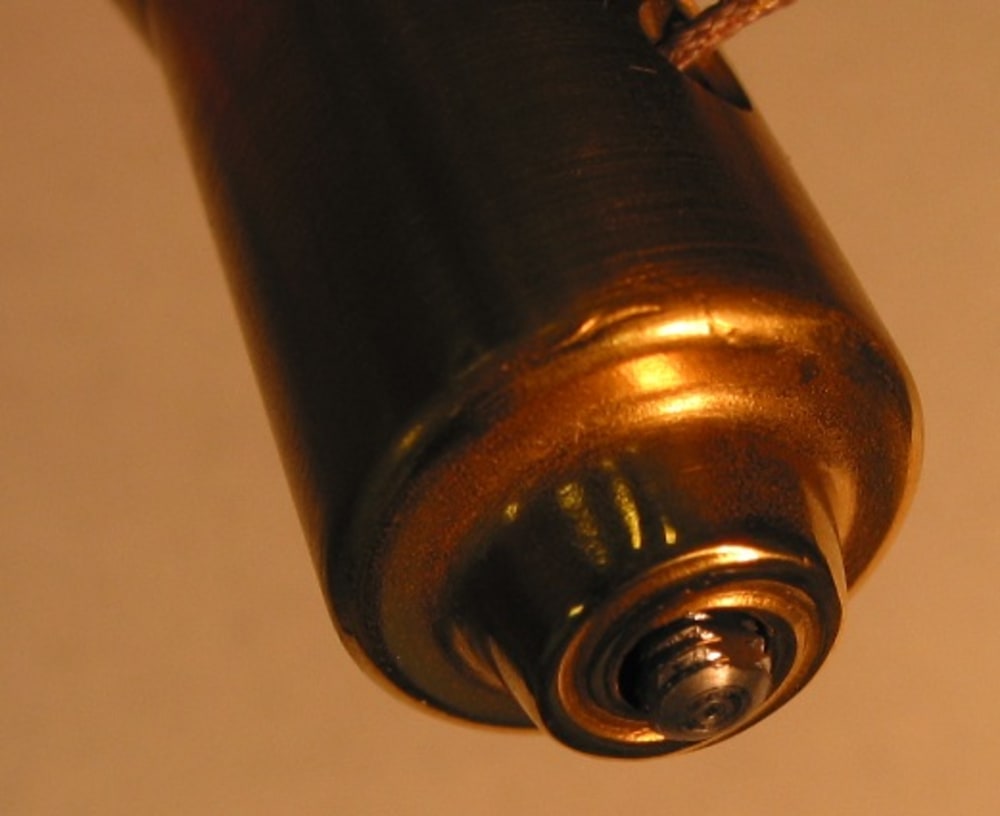The use of lightweight materials such as aluminum, magnesium and composite materials are steadily increasing to mitigate the increasing vehicle weight and fuel consumption. The use of these lightweight materials mainly depend on the ability to make reliable joining methods. My proposal is to increase the use of friction stir welding (FSW)in automobile (particularly for sheet metal welding, structural components etc.), and aircraft structures. Friction stir welding does not involve melting of materials, therefore, no fumes, personnel hazard, and slag formation, which makes it environmentally friendly process. This process can easily be automated with the aids of robots, which will increase the productivity.
Friction stir welding eliminates the use of rivets in automobile and aircraft structures leading to weight reduction. Moreover, friction stir welding is a relatively cost effective process, which can replace resistance spot welding of highly conductive metals like aluminum, copper etc. The recent studies in my research indicate enhanced strength levels can be achieved in friction stir weld joints (Al to Al, Mg-Mg, and Al-Mg) compared to other fusion welding processes. The weld strength is influenced by temperature generated during the process, which depends on the process parameters, such as tool dimension, tool rotational/translational rate and the placement of sheet during welding. Since, friction stir welding process is thermo-mechanically coupled process, therefore,use of COMSOL multiphysics tool would give important insight about the process.
Like this entry?
-
About the Entrant
- Name:Venkateswaran Perumal
- Type of entry:individual
- Patent status:none

